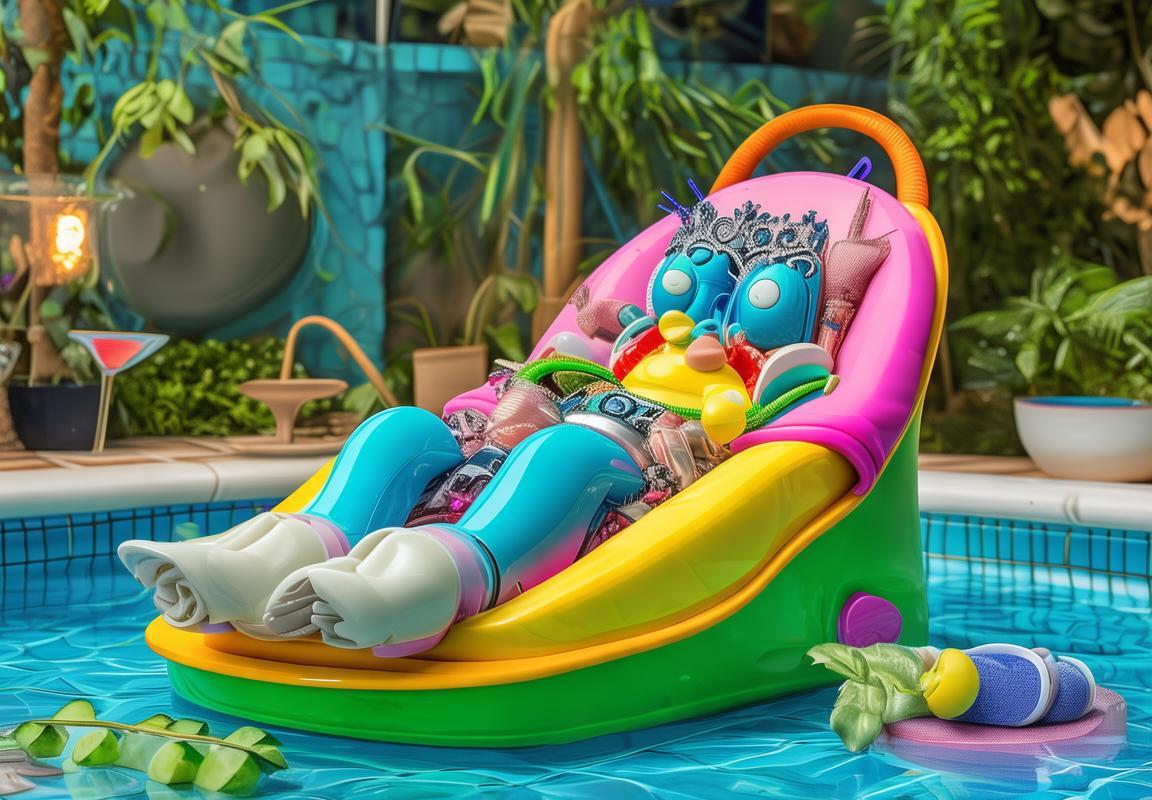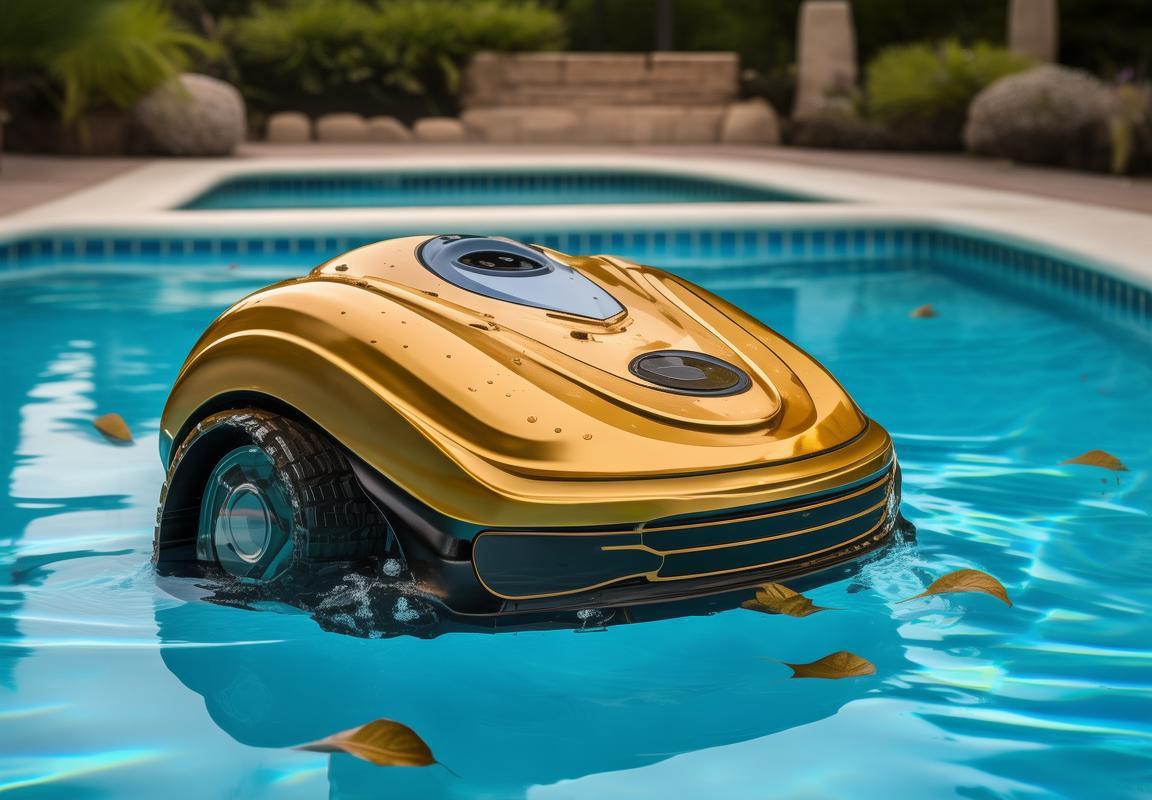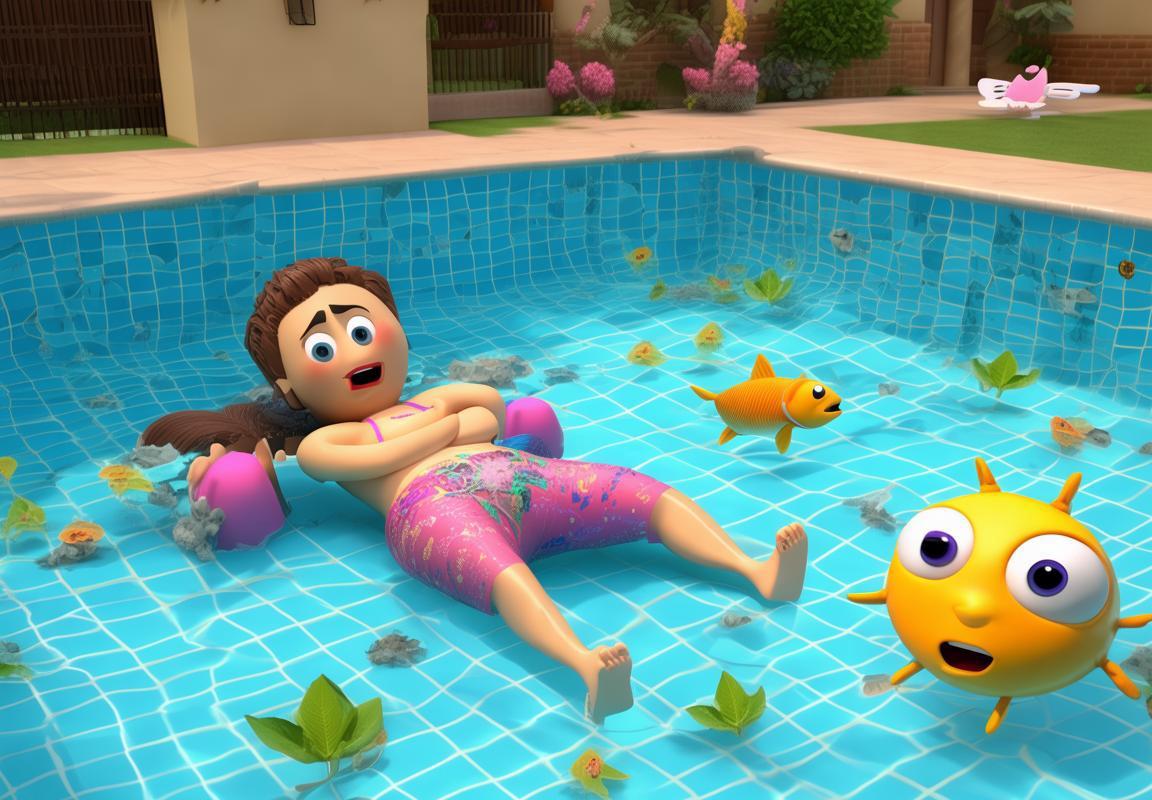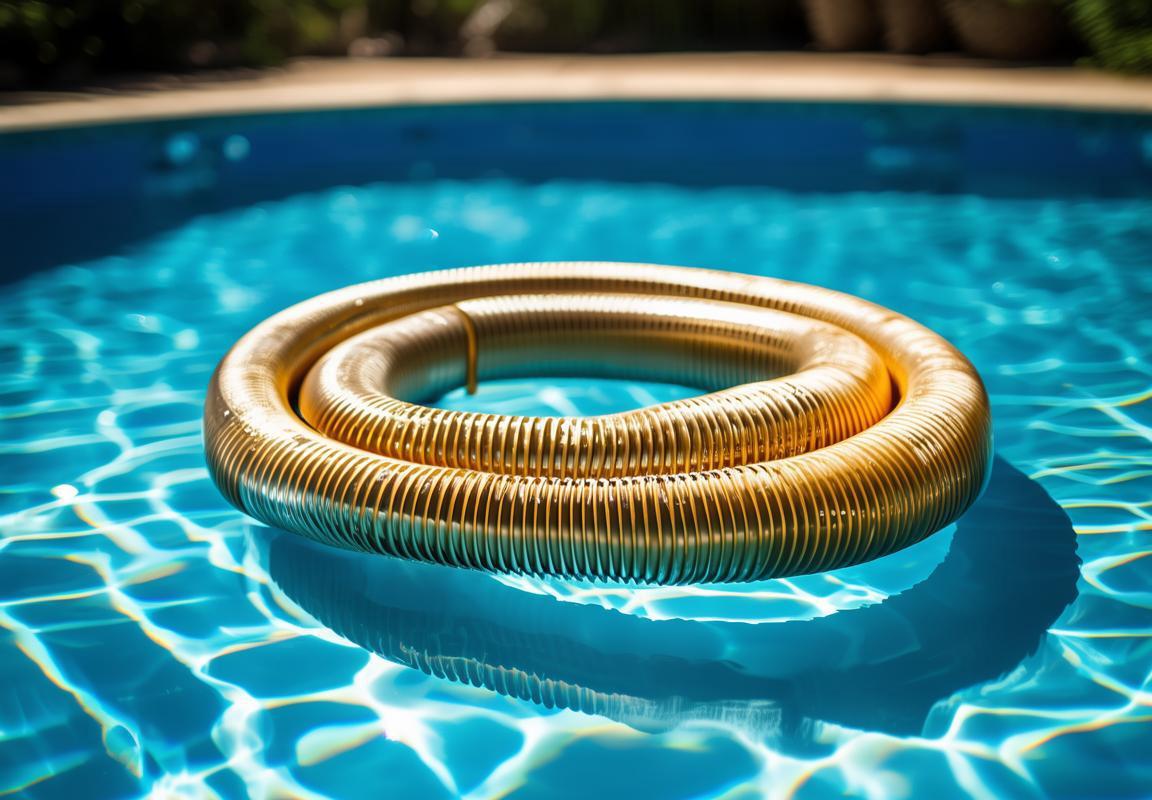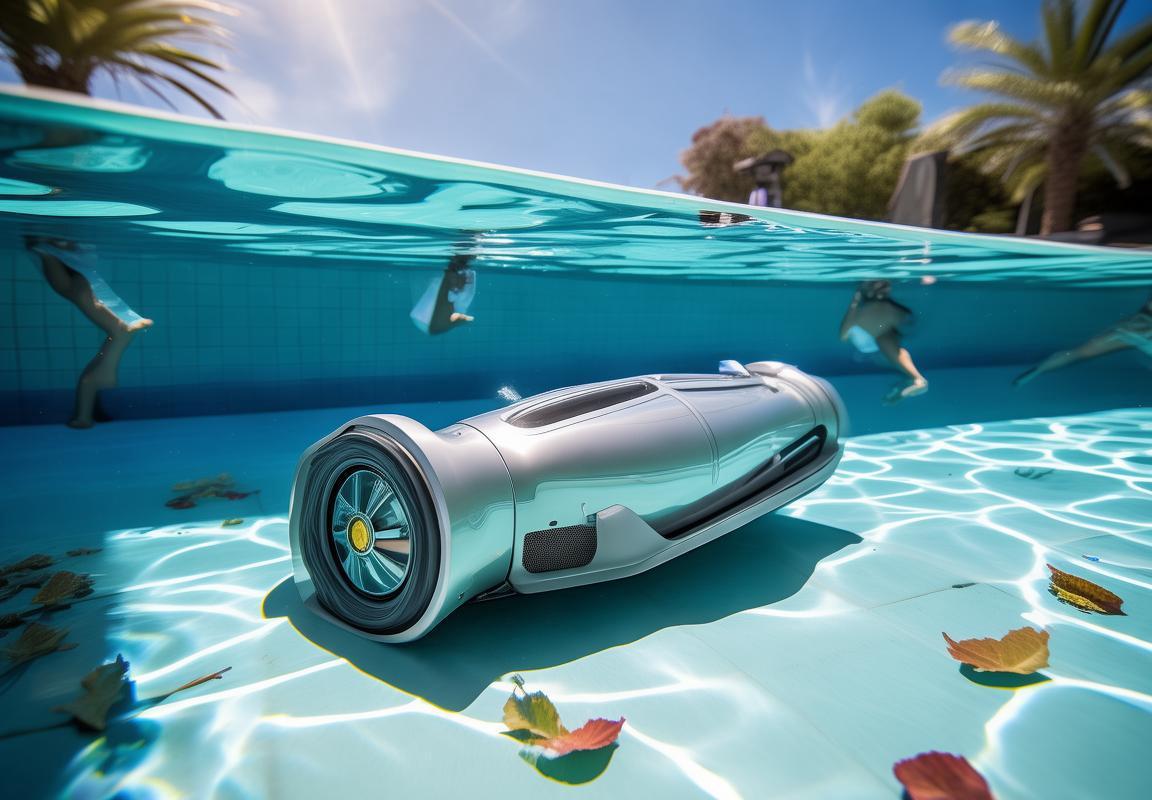Best Pool Wall Cleaner Solutions: Robotic Pool Cleaners vs. Manual Scrubbing for Algae Removal
Struggling with green, slimy pool walls? You’re not alone—algae and biofilm cling stubbornly, laughing at chlorine alone. A pool wall cleaner is your secret weapon, whether it’s a robotic pool cleaner (pricey but hands-off), a manual brush (cheap but labor-intensive), or enzyme-based chemicals (great for algae removal pool battles). Stop scrubbing like a chump: metal brushes scratch vinyl, while nylon bristles and angled strokes lift gunk efficiently. For that greasy waterline ring, a drop of Dawn or a magic eraser works wonders. Robots excel for large pools but hate debris; chemicals like algaecides target specific gunk but can foam if overused. Pro tips: Test water first (pH 7.4–7.6 is ideal), brush before shocking, and tackle stains at night—sunlight weakens treatments. If all else fails, call a pro before your pool becomes a science experiment. Bottom line: Work smarter, not harder, and your pool will glow without the sweat.

